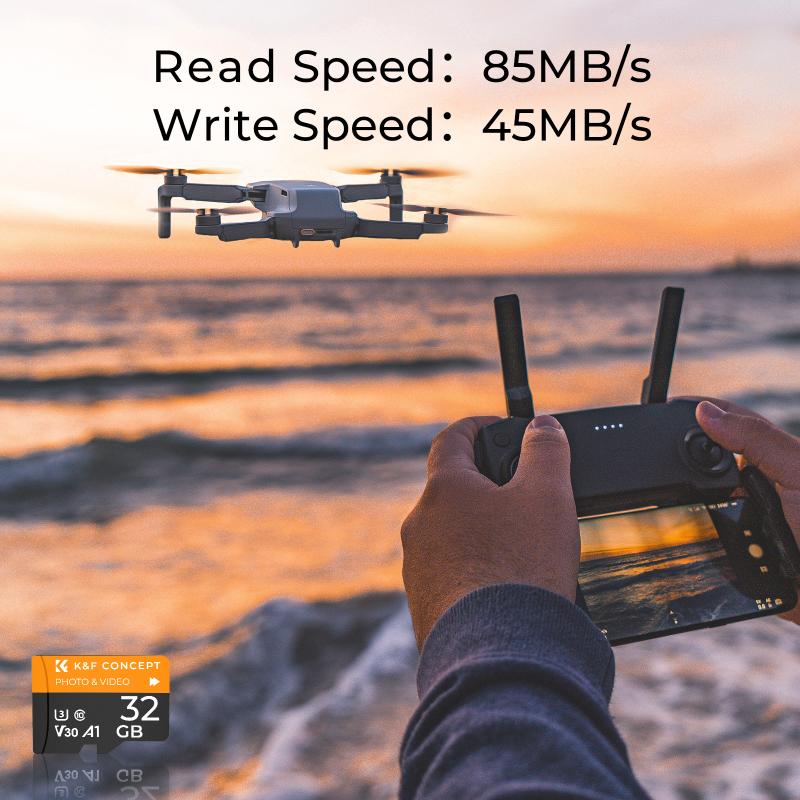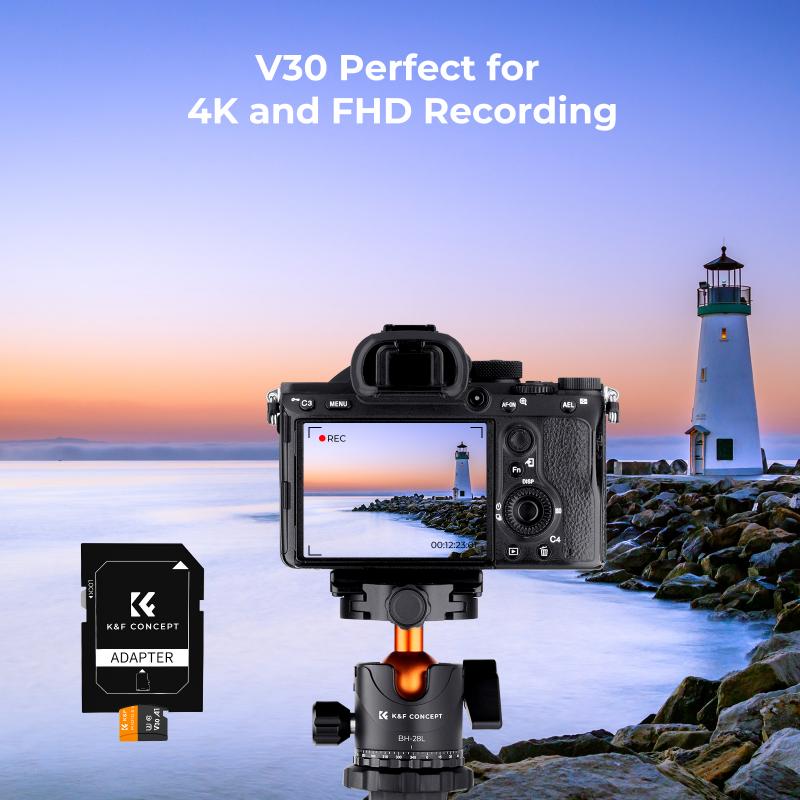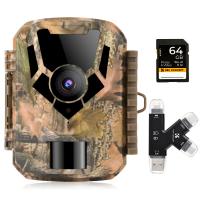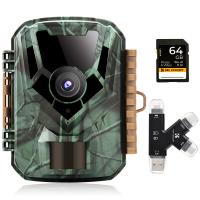How To Format An Sd Card On Pc?
Formatting an SD card on a PC is a common task that many users need to perform for various reasons, such as preparing the card for use in a new device, removing all data, or fixing file system errors. This article will guide you through the process of formatting an SD card on a PC, covering different methods and addressing common issues that may arise.
Understanding SD Card Formatting

Before diving into the steps, it's essential to understand what formatting an SD card entails. Formatting is the process of preparing a storage device, like an SD card, for use by an operating system. It involves setting up a file system that the OS can recognize and use to store and retrieve data. Common file systems include FAT32, exFAT, and NTFS.
Why Format an SD Card?

There are several reasons why you might need to format an SD card:
1. Preparing for Use in a New Device: Different devices may require specific file systems. For example, cameras often use FAT32, while some newer devices may prefer exFAT.
2. Removing All Data: Formatting is a quick way to erase all data on the card.
3. Fixing File System Errors: If the SD card is corrupted or has file system errors, formatting can often resolve these issues.
4. Changing File System: You might need to change the file system to make the SD card compatible with different devices.
Methods to Format an SD Card on a PC

There are several methods to format an SD card on a PC, including using built-in Windows tools and third-party software. Below, we will cover the most common methods.
Method 1: Using File Explorer

1. Insert the SD Card: Insert the SD card into your PC's card reader. If your PC doesn't have a built-in card reader, you can use an external USB card reader.
2. Open File Explorer: Press `Win + E` to open File Explorer.
3. Locate the SD Card: In the left-hand pane, find and click on the SD card under "This PC" or "My Computer."
4. Right-Click and Select Format: Right-click on the SD card and select "Format" from the context menu.
5. Choose File System: In the Format window, choose the desired file system (FAT32, exFAT, or NTFS). For most SD cards, FAT32 or exFAT is recommended.
6. Quick Format: Check the "Quick Format" option if you want a faster format. Uncheck it for a more thorough format.
7. Start Formatting: Click "Start" to begin the formatting process. A warning will appear, informing you that all data will be erased. Click "OK" to proceed.
Method 2: Using Disk Management
1. Open Disk Management: Press `Win + X` and select "Disk Management" from the menu.
2. Locate the SD Card: In the Disk Management window, find the SD card. It will be listed as a removable disk.
3. Right-Click and Select Format: Right-click on the SD card's partition and select "Format."
4. Choose File System: In the Format window, choose the desired file system (FAT32, exFAT, or NTFS).
5. Volume Label: Optionally, you can enter a volume label (name) for the SD card.
6. Quick Format: Check the "Perform a quick format" option if you want a faster format.
7. Start Formatting: Click "OK" to begin the formatting process. Confirm any warnings that appear.
Method 3: Using Command Prompt
1. Open Command Prompt: Press `Win + R`, type `cmd`, and press `Enter` to open Command Prompt.
2. Diskpart Utility: Type `diskpart` and press `Enter` to open the Diskpart utility.
3. List Disks: Type `list disk` and press `Enter` to see a list of all disks connected to your PC.
4. Select Disk: Identify your SD card from the list (usually by its size) and type `select disk X`, replacing `X` with the disk number of your SD card.
5. List Partitions: Type `list partition` and press `Enter` to see the partitions on the selected disk.
6. Select Partition: Type `select partition Y`, replacing `Y` with the partition number of your SD card.
7. Format Partition: Type `format fs=FAT32 quick` (or replace `FAT32` with `exFAT` or `NTFS` as needed) and press `Enter` to format the partition.
8. Exit Diskpart: Type `exit` and press `Enter` to exit Diskpart.
Common Issues and Troubleshooting
SD Card Not Recognized
If your SD card is not recognized by your PC, try the following steps:
1. Check Card Reader: Ensure the card reader is functioning correctly. Try using a different card reader or USB port.
2. Update Drivers: Update the drivers for your card reader. You can do this through Device Manager.
3. Check for Physical Damage: Inspect the SD card for any physical damage. If the card is damaged, it may need to be replaced.
Unable to Format
If you encounter errors while formatting, try these solutions:
1. Use Diskpart: Sometimes, Diskpart can format SD cards that other tools cannot.
2. Check Write Protection: Ensure the SD card is not write-protected. Some cards have a physical switch that can be toggled.
3. Third-Party Software: Use third-party formatting tools like SD Formatter, which is specifically designed for SD cards.
Formatting an SD card on a PC is a straightforward process that can be accomplished using various methods. Whether you use File Explorer, Disk Management, or Command Prompt, the steps are simple and effective. Understanding the reasons for formatting and the different file systems available will help you make the best choice for your needs. If you encounter any issues, the troubleshooting tips provided should help you resolve them. With this knowledge, you can confidently format your SD card and ensure it is ready for use in any device.











There are no comments for this blog.